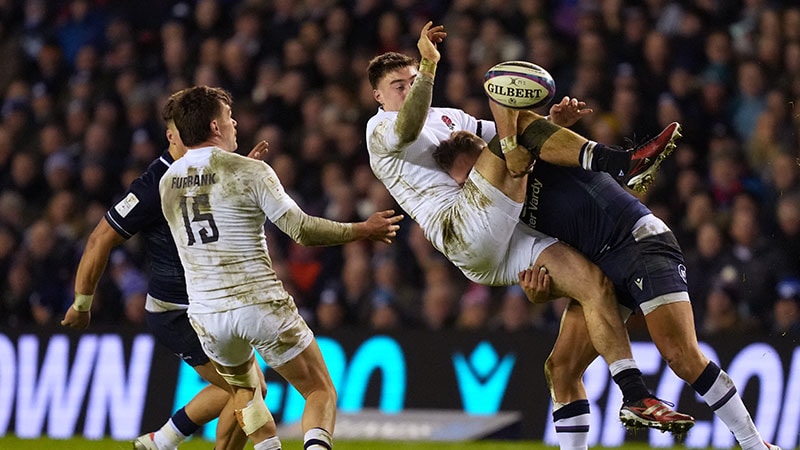Frequent strenuous exercise increases the risk of developing motor neurone disease (MND) in certain people, new research from the University of Sheffield has found.
The findings, published in the journal EBioMedicine, show a causal relationship between exercise and MND, with high intensity physical activity likely to contribute to motor neurone injury, but only in individuals with a predisposing genetic profile.
The life-time risk of developing MND is approximately one in 400. Previous research has reported an estimated six-times increased risk of MND in professional football players compared to the general population.
In this study, researchers dissected the exercise-MND relationship in a series of two-sample Mendelian randomisation (MR) experiments. Next they tested for enrichment of MND genetic risk within exercise-associated transcriptome changes. Finally, they applied a validated physical activity questionnaire in a small cohort of genetically selected MND patients.
Their MR approach suggests a positive causal relationship between MND and physical exercise. Exercise is likely to cause motor neuron injury only in patients with a risk-genotype. Consistent with this they showed that MND risk genes are activated in response to exercise. In particular, they propose that G4C2-repeat expansion of C9ORF72 predisposes to exercise-induced MND.
Co-author of the study, Dr Johnathan Cooper-Knock, said: “We have suspected for some time that exercise was a risk factor for MND, but until now this link was considered controversial. This study confirms that in some people, frequent strenuous exercise leads to an increase in the risk of MND.
“It is important to stress that we know that most people who undertake vigorous exercise do not develop MND. Sport has a large number of health benefits and most sportsmen and women do not develop MND. The next step is to identify which individuals specifically are at risk of MND if they exercise frequently and intensively; and how much exercise increases that risk.”
Responding to the findings, Martin Turner, Professor of Clinical Neurology & Neuroscience, University of Oxford, told the Science Media Centre: “This study adds to a long-observed but essentially anecdotal observation that those seen in specialised MND clinics frequently report lifelong high levels of physical activity or athleticism. These resonate with occupational risk associations made epidemiologically to professional football, rugby and military service, plus the eponymous baseball player Lou Gehrig (known as The Iron Horse for his physical prowess). However, there is also epidemiological evidence for lower premorbid body mass index in those going on to develop MND, and emerging evidence of a potentially different metabolic profile, including blood lipid differences many years before the onset of symptoms, suggesting a broader set of factors that might overlap with exercise.
"This type of genetic analysis is powerful but does not yet exclude the interpretation that those developing MND in later life happen to more commonly have the sort of physical or metabolic make-up that then makes them more likely to undertake exercise."



